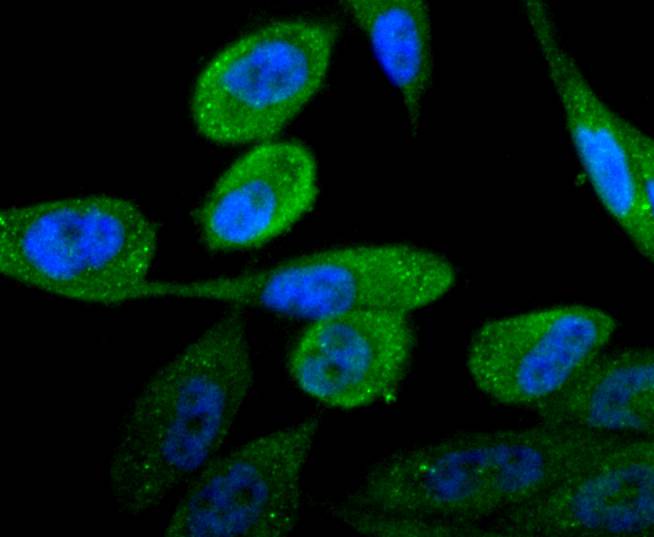Androgens exhibit a wide range of effects on the development, maintenance and regulation of male phenotype and male reproductive physiology. The androgen receptor (AR) is a member of the steroid superfamily of ligand-dependent transcription factors. ARs bind the two biologically active androgens, testosterone (T) and dihydrotestosterone (DHT), with high and nearly identical affinities; however, the rates of association and dissociation of T are about three times more rapid than those of DHT. This difference has resulted in speculation as to whether these differences in binding kinetics could account for the different physiological effects of T and DHT. A striking feature of AR is its rapid degradation in the absence of ligand. It is now well established that androgen binding results in an at least six-fold increase in androgen stability and that ligand-induced stabilization of AR is highly androgen- specific.






